The Dump
At a southeastern extremity of Brooklyn, near Floyd Bennett Field, sits a small pocket of ocean water, nestled among the Gerritsen and Rockaway Inlets, that has seen its fair share of muck. In the 19th century, horse-rendering facilities — which boiled carcasses and made glue of their byproducts — would dump the used bones into the water, giving the area its name: Dead Horse Bay. Decades later, as cars replaced horses, the renderers left, and New York City began connecting nearby Barren Island to the Brooklyn mainland, using sand, mixed with coal and garbage, as landfill. But the trash couldn’t quite be contained; it’s been emerging from the ground and washing up on the beach, bit by bit, ever since.
Today, Dead Horse Bay is a sight to behold: unremittingly eerie, occasionally revolting, but nevertheless engrossing, even romantic. Visitors can catch a glimpse of New York’s past, take in the apocalyptic tableau — and, of course, enjoy a walk on the beach.
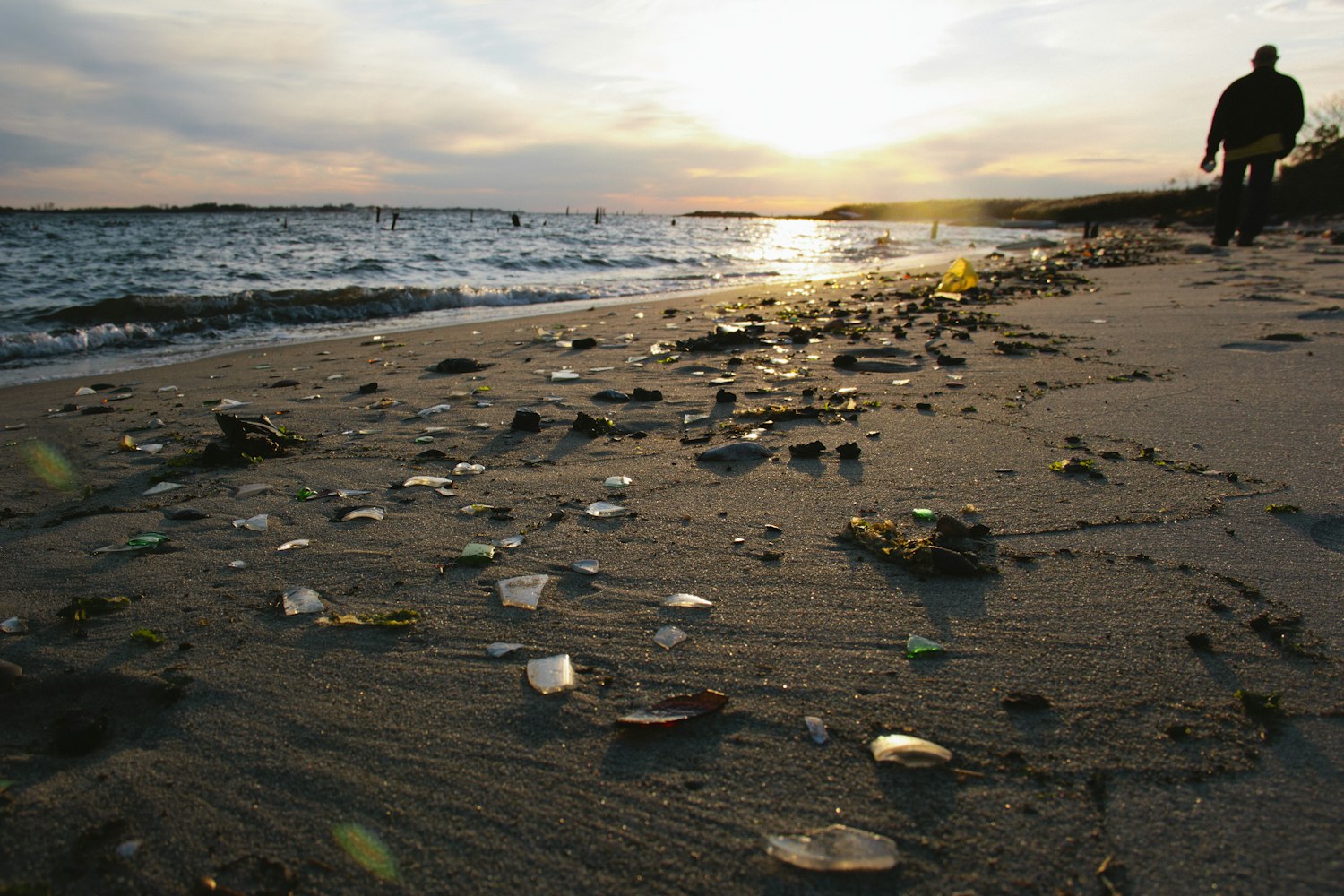
The waves at Dead Horse Bay crash against the millions of pieces of glass that hide beneath the sand. The sound is not quite like that of other beaches.
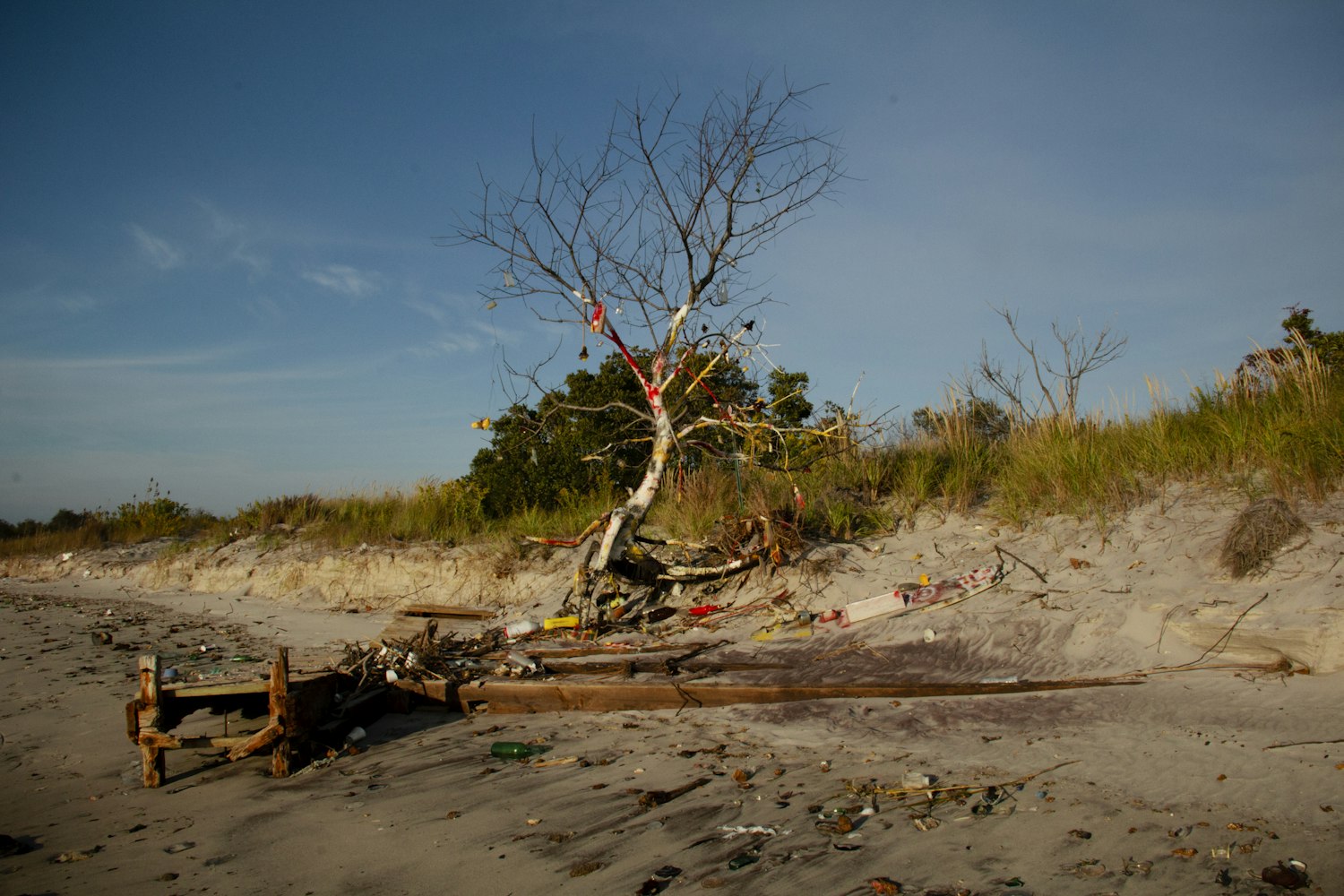
Occasionally, among the randomness of the bay’s flotsam, one finds purposefully placed garbage.
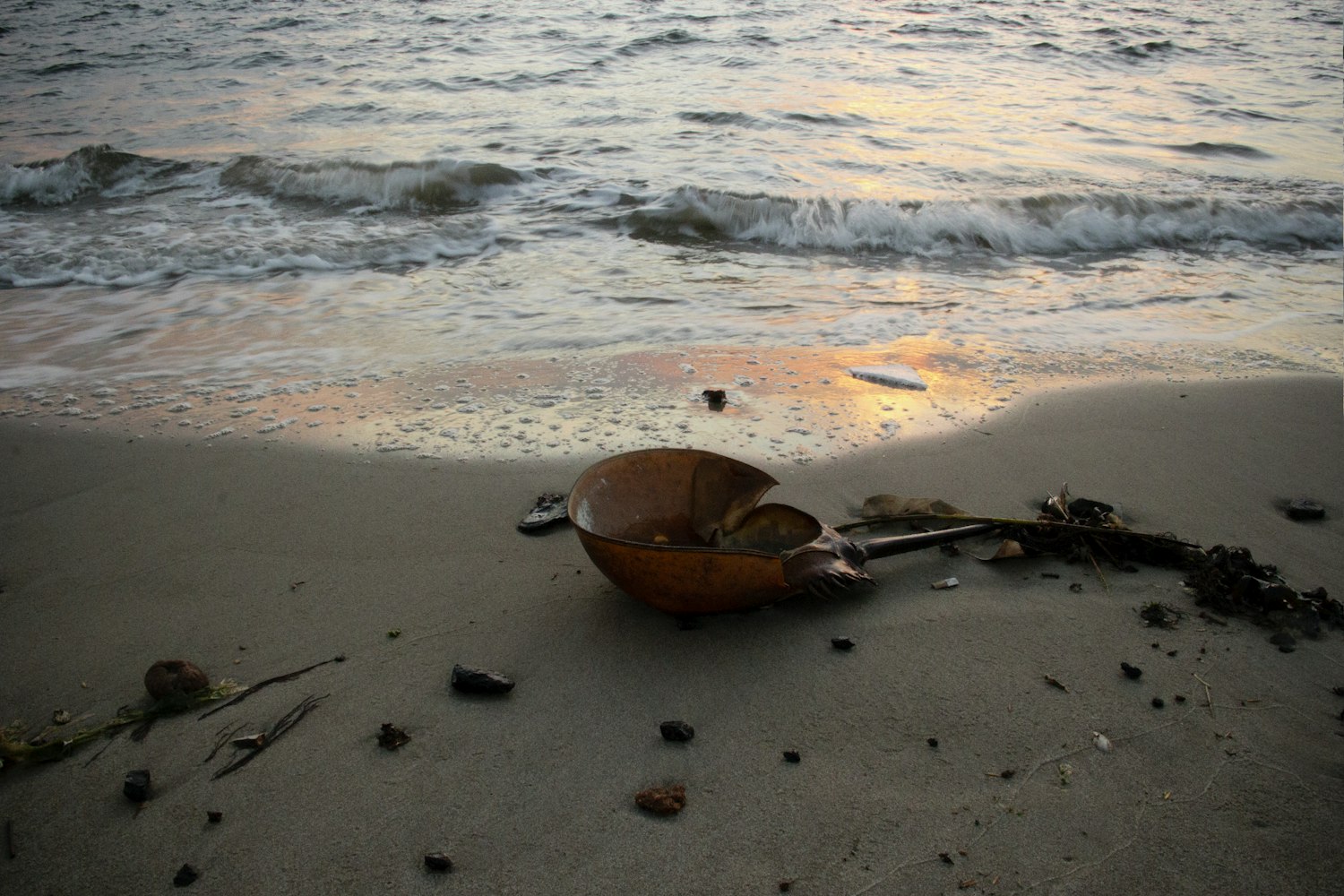
Animal carcasses — from sea creatures and birds — are a common sight.
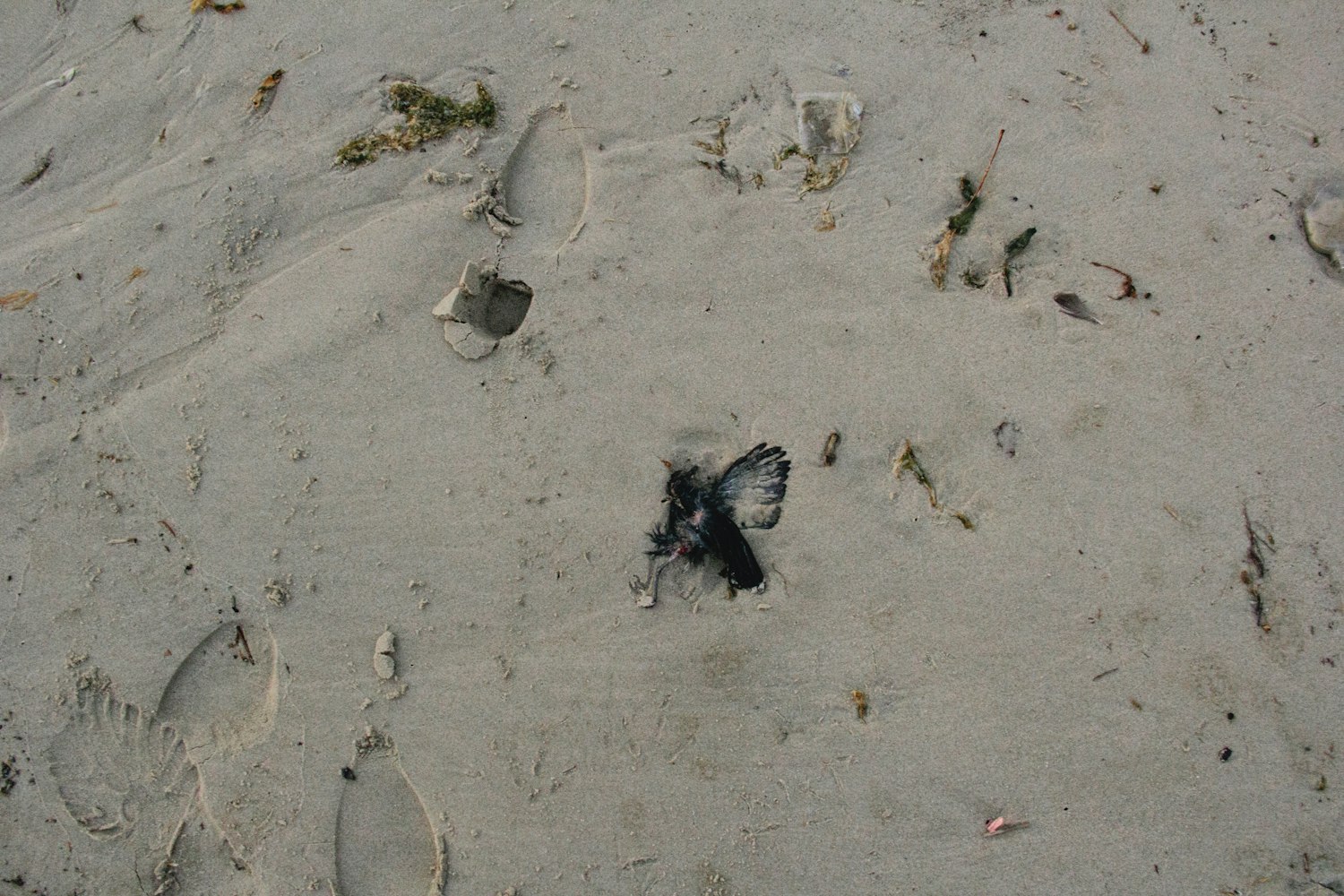
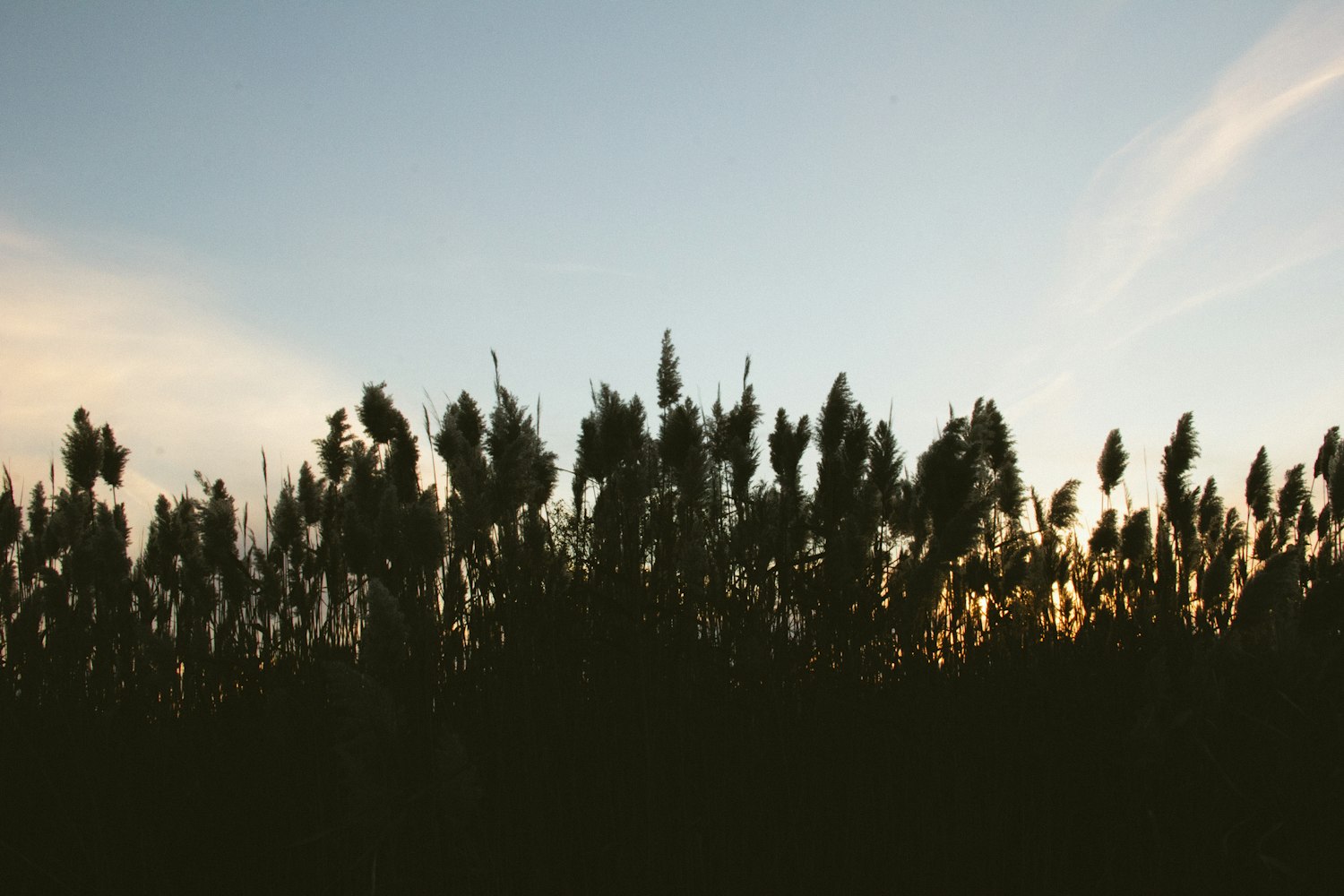
The walkway along the beach affords a view of dusk through nearby foliage.
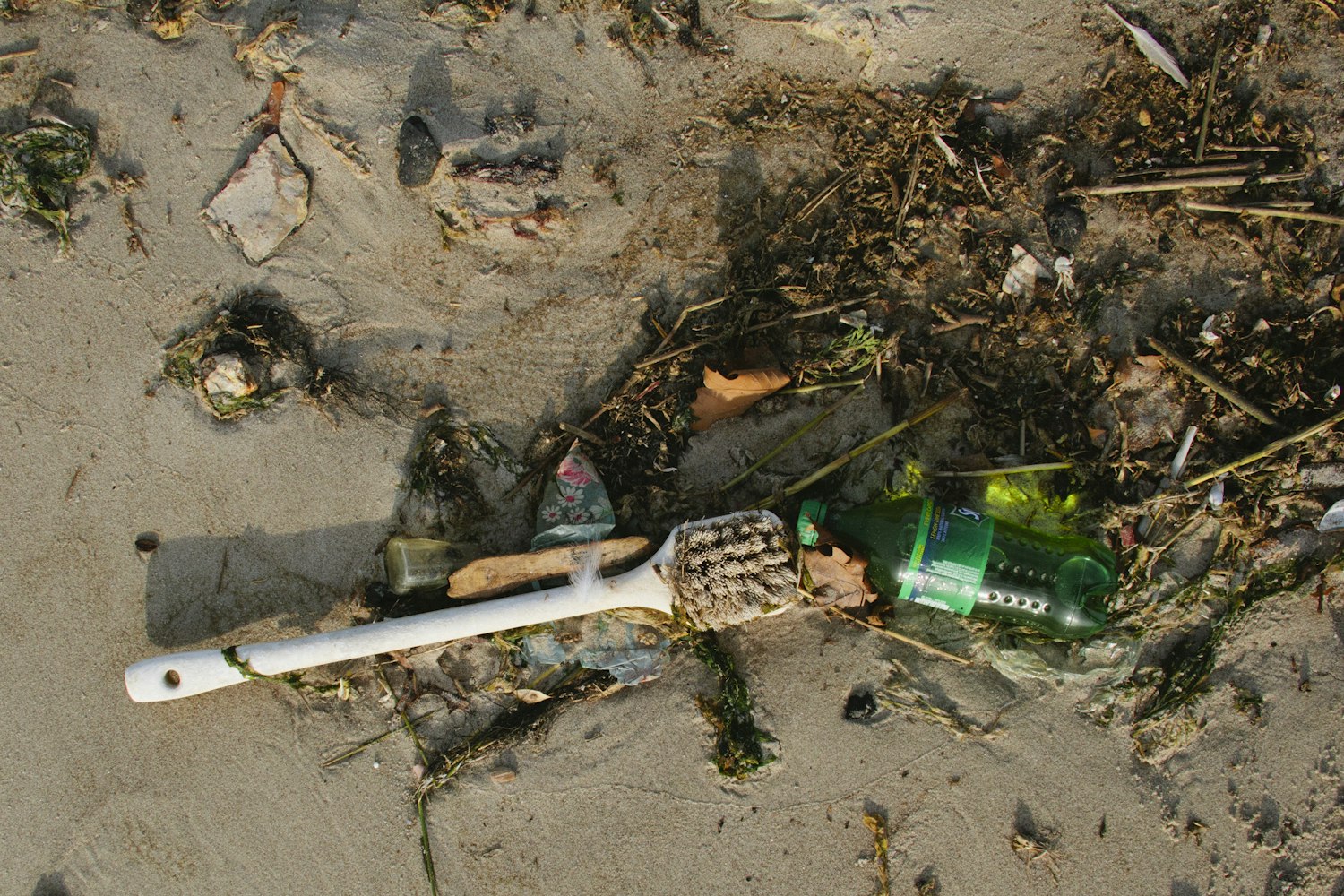
A beach still life, with brush and soda bottle.
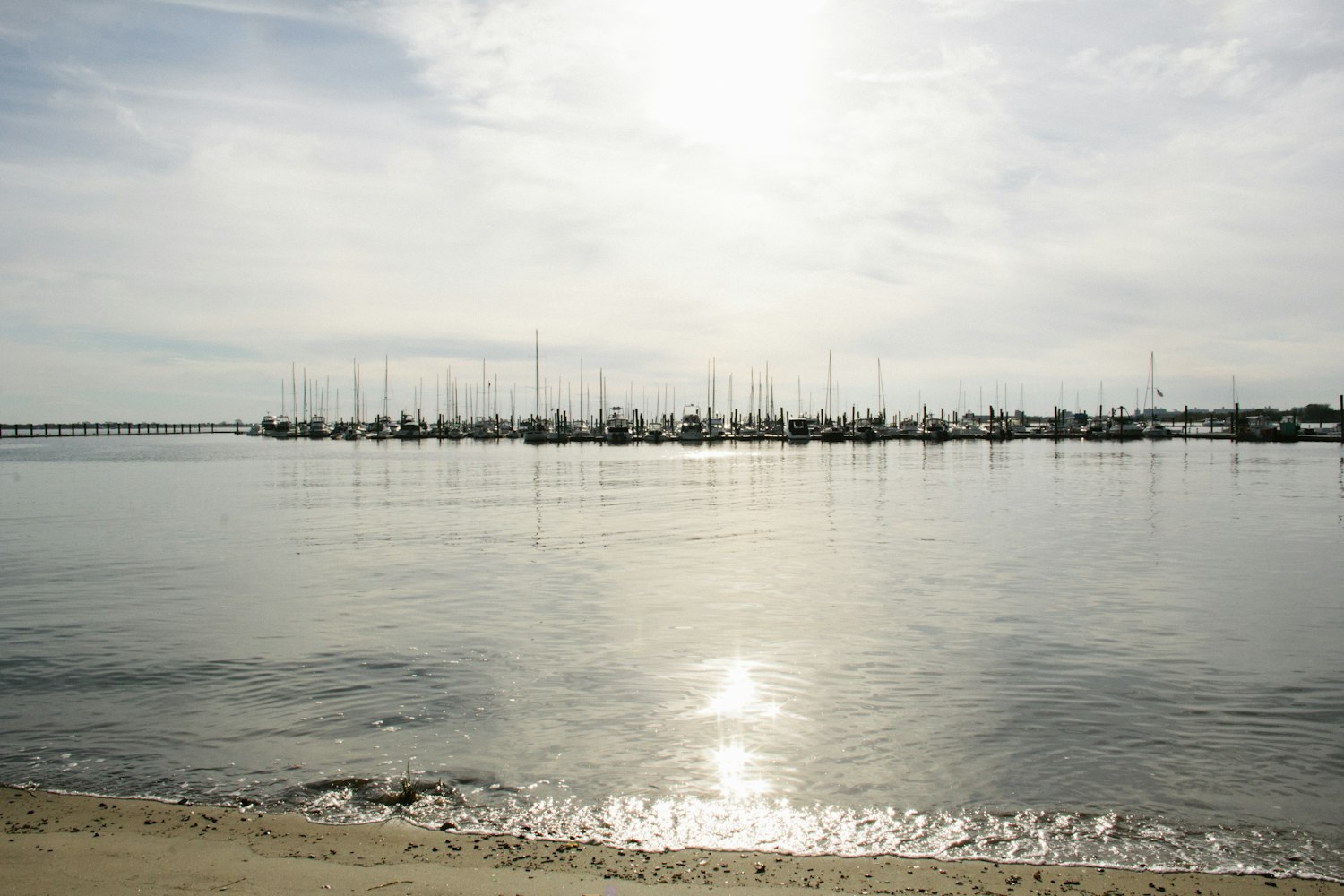
Boats are docked at a pier that juts out into the bay.
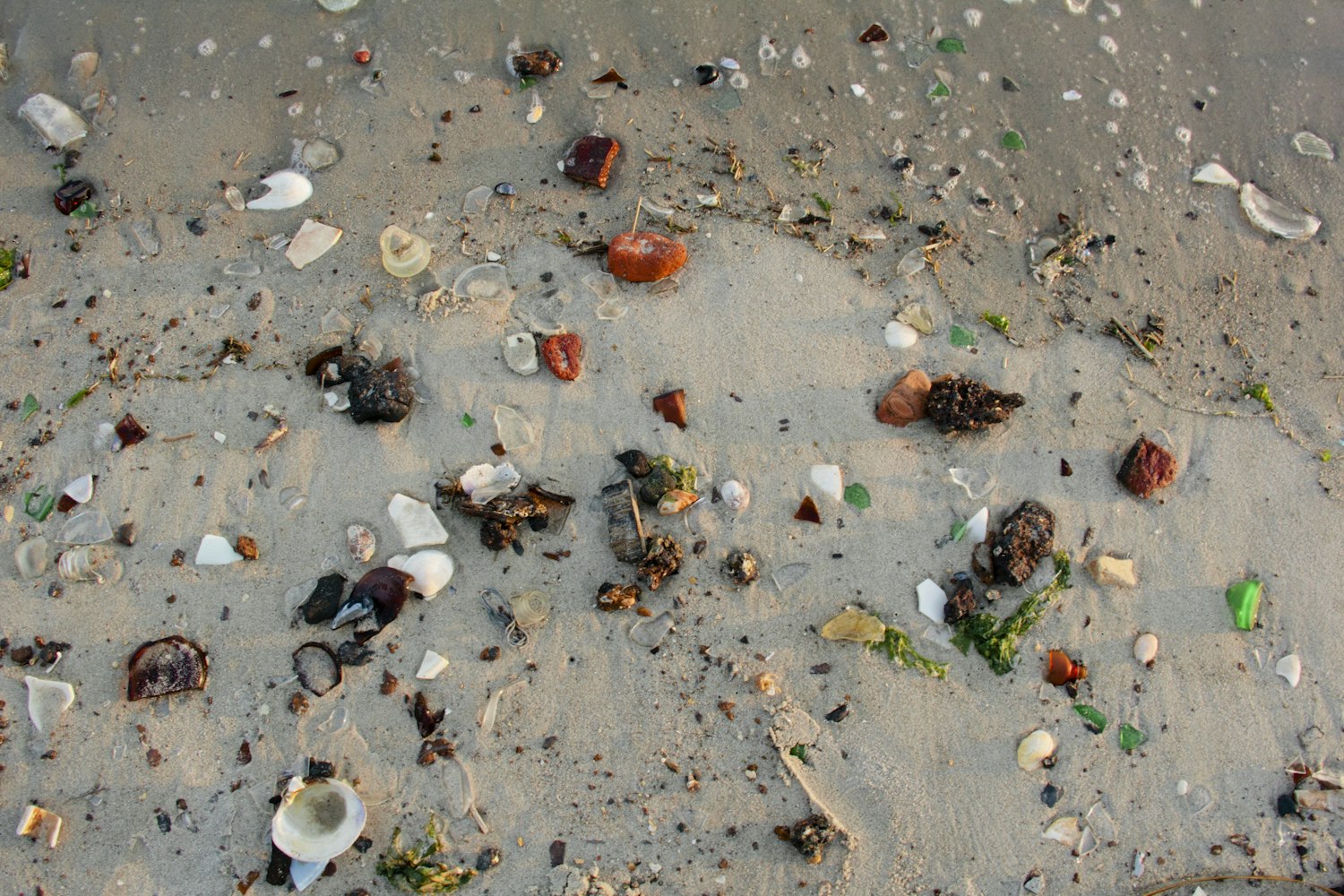
Sea glass collectors travel to Dead Horse Bay to peruse its thousands of pieces of washed-up glass — some shards, some perfectly kept.
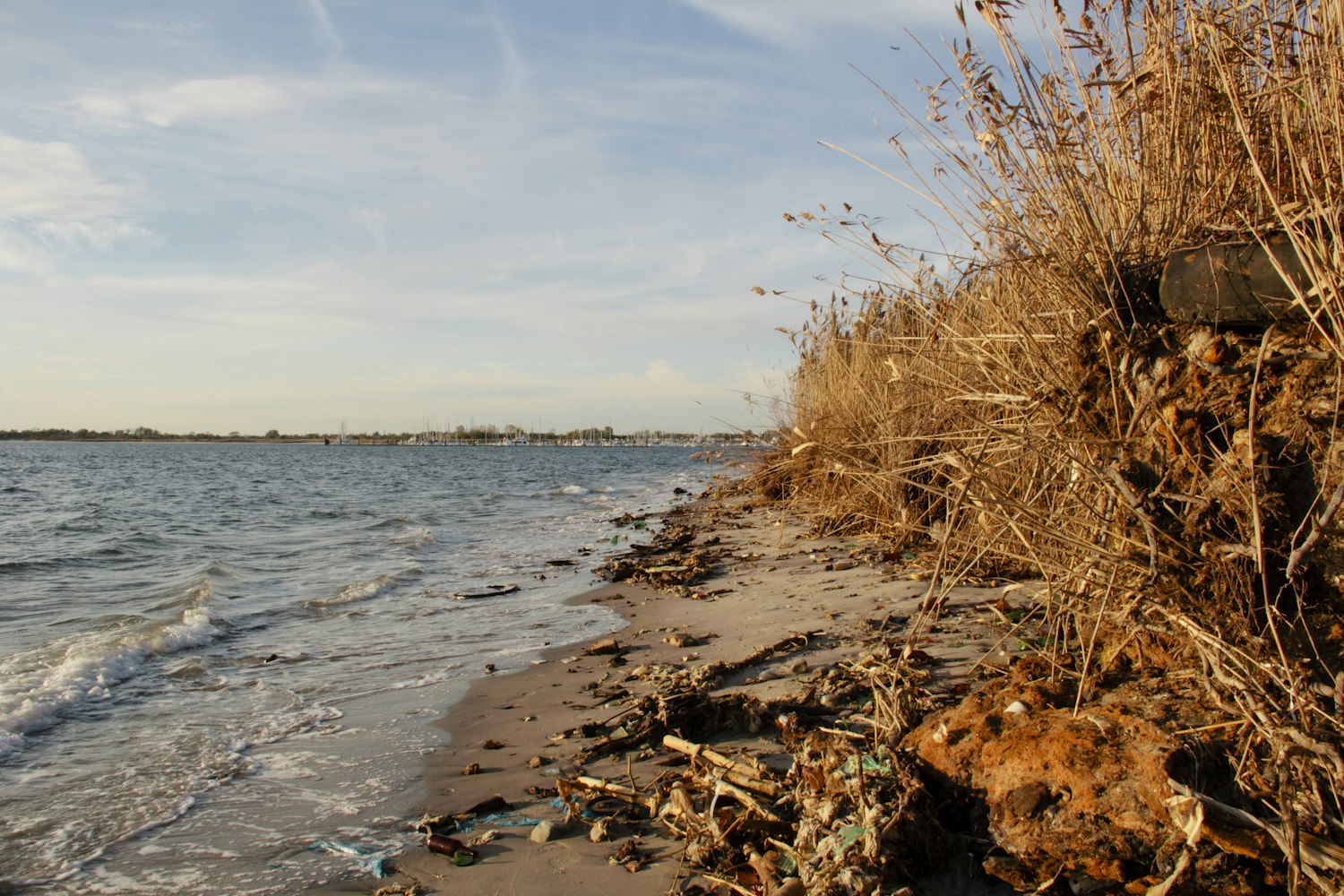
A shoreline vista, as seen from the Gerritsen Inlet.